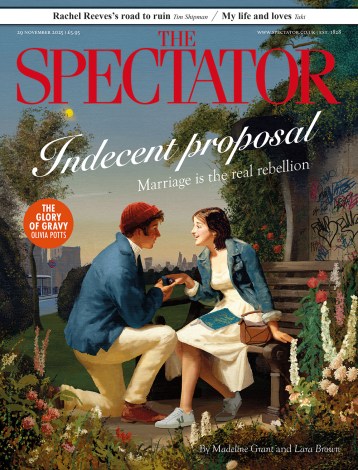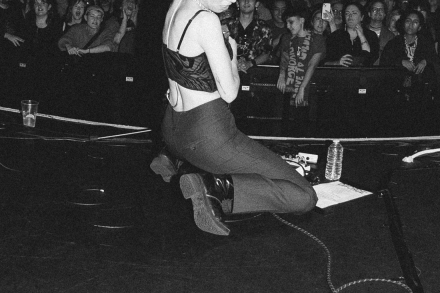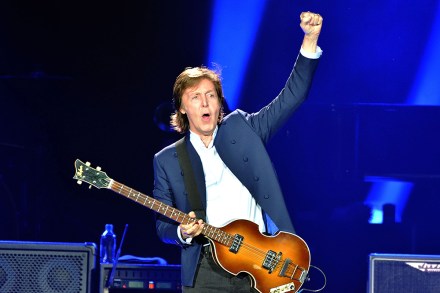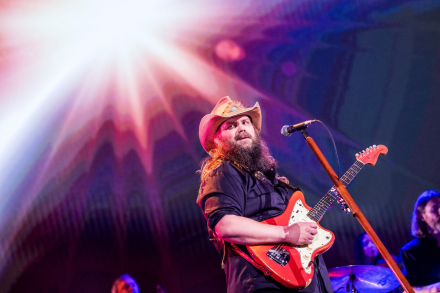In defence of Mick Hucknall
Before Simply Red came on stage at the Greenwich peninsula’s enormodome, the screens showed a clip of a very young Mick Hucknall being interviewed. What he wanted, he said, was to be a great singer. Usually, that’s the cue for a gag about fate having other plans. Not this time. He’s 65 now, and he truly is a great singer as he showed for the best part of two hours. He knows it, too. A couple of songs in, he benignly told his audience at the first of two nights at the O2 that he liked it when they sang along with the choruses, but maybe leave the verses to







